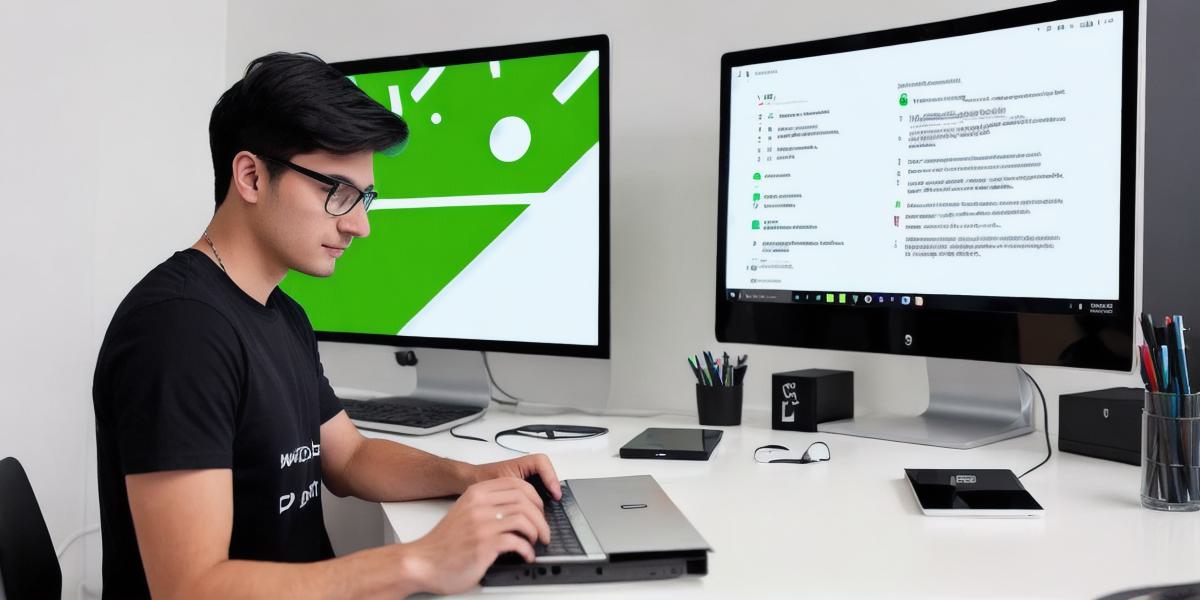Introduction:
Android development has seen rapid growth in recent years, with developers constantly seeking new ways to improve their workflows and create more engaging applications. In this article, we will explore the latest trends and best practices in modern Android development, helping you to stay ahead of the curve and create apps that stand out from the crowd.
- Incorporating Artificial Intelligence:
Artificial Intelligence (AI) is becoming increasingly popular in Android development, with developers incorporating AI capabilities into their applications. This includes features such as voice recognition, natural language processing, and machine learning algorithms. One of the biggest advantages of using AI in Android development is that it allows for more personalized experiences for users, improving engagement and retention rates. - Using Kotlin:
Kotlin is a new programming language that was introduced by Google in 2017 as an alternative to Java. Kotlin offers several benefits over Java, including improved performance and reduced memory usage. It also has better type safety, which makes it easier to write cleaner and more efficient code. With Kotlin becoming the official language for Android development, it’s important for developers to start learning it in order to stay up-to-date with the latest trends. - Implementing Material Design 2:

Material Design 2 is the latest version of Google’s design system for Android applications. It offers a more modern and intuitive look and feel, with updated themes, colors, and typography. Material Design 2 also includes new components such as bottom sheets, cards, and buttons, which can be used to create more engaging user interfaces. - Using Android Architecture Components:
Android Architecture Components is a set of libraries that were introduced by Google to help developers build scalable and maintainable applications. It includes features such as data binding, repositories, and ViewModels, which can be used to simplify the development process and improve code organization. Using Android Architecture Components can also make it easier to test your applications and ensure that they are functioning properly. - Optimizing Performance:
Performance is a crucial aspect of Android development, with slow-loading apps leading to high bounce rates and low engagement. To optimize performance, developers should focus on reducing the size of their code, minimizing memory usage, and using efficient algorithms. They should also consider using tools such as profiling and testing to identify bottlenecks in their code and make improvements accordingly.
Summary:
Android development is constantly evolving, with new trends and best practices emerging all the time. By incorporating AI, using Kotlin, implementing Material Design 2, using Android Architecture Components, and optimizing performance, developers can create apps that stand out from the crowd and provide a better experience for users. As technology continues to advance, it’s important for developers to stay up-to-date with the latest trends in order to build successful applications that meet the needs of their users.
